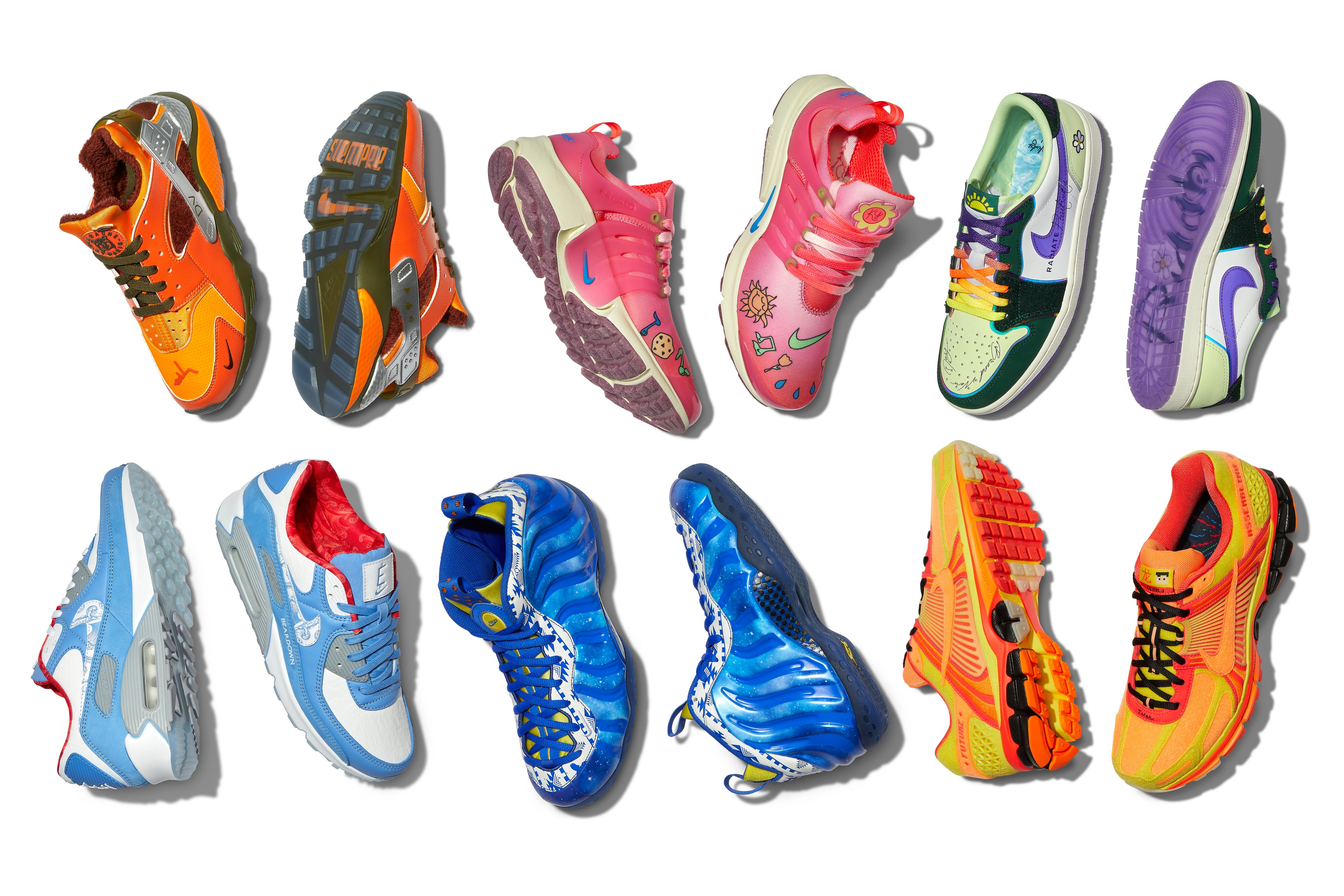Nike (NKE +0.26%) released stronger-than-expected fiscal second-quarter 2020 results on Thursday after the markets closed, further accelerating its top- and bottom-line growth even as it works to combat ongoing macroeconomic uncertainty. But you wouldn't know it by the market's initial reaction to the report; shares of the athletic footwear and sportswear leader are down around 2% in after-hours trading as of this writing -- albeit after roaring nearly 40% higher year to date on the heels of its impressive fiscal Q1 release in September.
Let's dig deep, then, to better understand what Nike accomplished over the past few months, starting with its headline numbers:
| Metric | Fiscal Q2 2020* | Fiscal Q2 2019 | Change |
|---|---|---|---|
|
Revenue |
$10.326 billion |
$9.374 billion |
10.2% |
|
GAAP net income |
$1.115 billion |
$847 million |
31.6% |
|
GAAP earnings per diluted share |
$0.70 |
$0.52 |
34.6% |
Data source: Nike. *For the quarter ended Nov. 30, 2019. GAAP = generally accepted accounting principles.
"I've never been more optimistic about the future..."
These results compared favorably to Nike's rough guidance provided in September for reported revenue growth roughly in line with the 7.2% increase it achieved in fiscal Q1. And note that Nike's top line would have gained 13% had it not been for a roughly 3% foreign currency headwind.
To that end, analysts' consensus predictions called for Nike to deliver lower earnings of $0.58 per share on revenue closer to $10.1 billion.
Breaking it down further, Nike brand revenue comprised the vast majority of sales, which went up 9.8% to $9.844 billion. Within that total, Nike brand footwear sales rose 12% to just over $6.2 billion, apparel sales grew 8% to $3.287 billion, and equipment revenue rose 6% to $341 million. During the subsequent conference call with analysts, management also noted that their digital business -- including the Nike and SNKRS apps -- saw impressive 38% year-over-year growth during the quarter.

Image source: Nike.
North America continued to represent the vast majority of Nike brand sales, growing 5% to $3.92 billion. Europe, Middle East and Africa (EMEA) region revenue rose 10% (14% at constant currency) to $2.537 billion, Greater China sales soared 20% (23% at constant currencies) to $1.847 billion, and the Asia-Pacific and Latin America business jumped 13% (18% at constant currency) to $1.468 billion.
As for smaller brand concepts, Converse revenue climbed 13% (15% at constant currency) to $480 million. And toward the end of October, Nike announced it had divested its Hurley surf brand to consumer brands specialist Bluestar Alliance for an undisclosed sum.
Trending toward the bottom line, gross margin expanded 20 basis points year over year to 44%, driven by higher average selling prices and strength at Nike Direct and Converse. But that's also down from 45.7% last quarter, in part due to incremental tariffs on products imported to North America from China.
Nike also continued to bolster its per-share earnings with stock repurchases, buying back 10.1 million shares this quarter for a whopping $922 million. That left around $12.1 billion remaining under what started as a four-year, $15 billion repurchase authorization approved a year and a half ago.
Nike Chairman and CEO Mark Parker elaborated:
In Q2, Nike has proven again that innovation is our greatest competitive edge -- turning athlete insights into breakthrough product and digital services, as we offer more choice to more consumers at an accelerated pace. Our entire Nike team is fueling our current momentum, and I've never been more optimistic about the future of this company.
Of course, we should also remember that Parker surprised investors in October by announcing his decision to step down as CEO effective Jan. 13, 2020, at which time he'll assume the role of executive chairman of Nike's board of directors. Parker will be replaced at the helm by former eBay CEO John Donahoe, who is widely expected to work toward accelerating Nike's ongoing digital transformation.
Sprinting forward
Also during the call, Nike CFO Andy Campion said the company's full-year outlook "continues to improve," particularly as Nike reiterated its outlook for reported revenue growth (including currency exchange) in the high single-digit percent range even after accounting for the impact of the Hurley sale. Nike further reaffirmed its guidance for full-year gross margin expansion in the range of 50 to 75 basis points.
In the meantime, for its current fiscal third quarter, Nike believes gross margin will be roughly flat on a year-over-year basis, as fatter product margins will be all but offset by a combination of supply chain investments and tariffs.
Putting aside Nike stock's impressive year-to-date gains, there was nothing not to like about its latest solid quarter as Nike continues to achieve enviable growth at scale. And I think patient, long-term investors would do well to consider opening or adding to their positions on any meaningful pullback.






